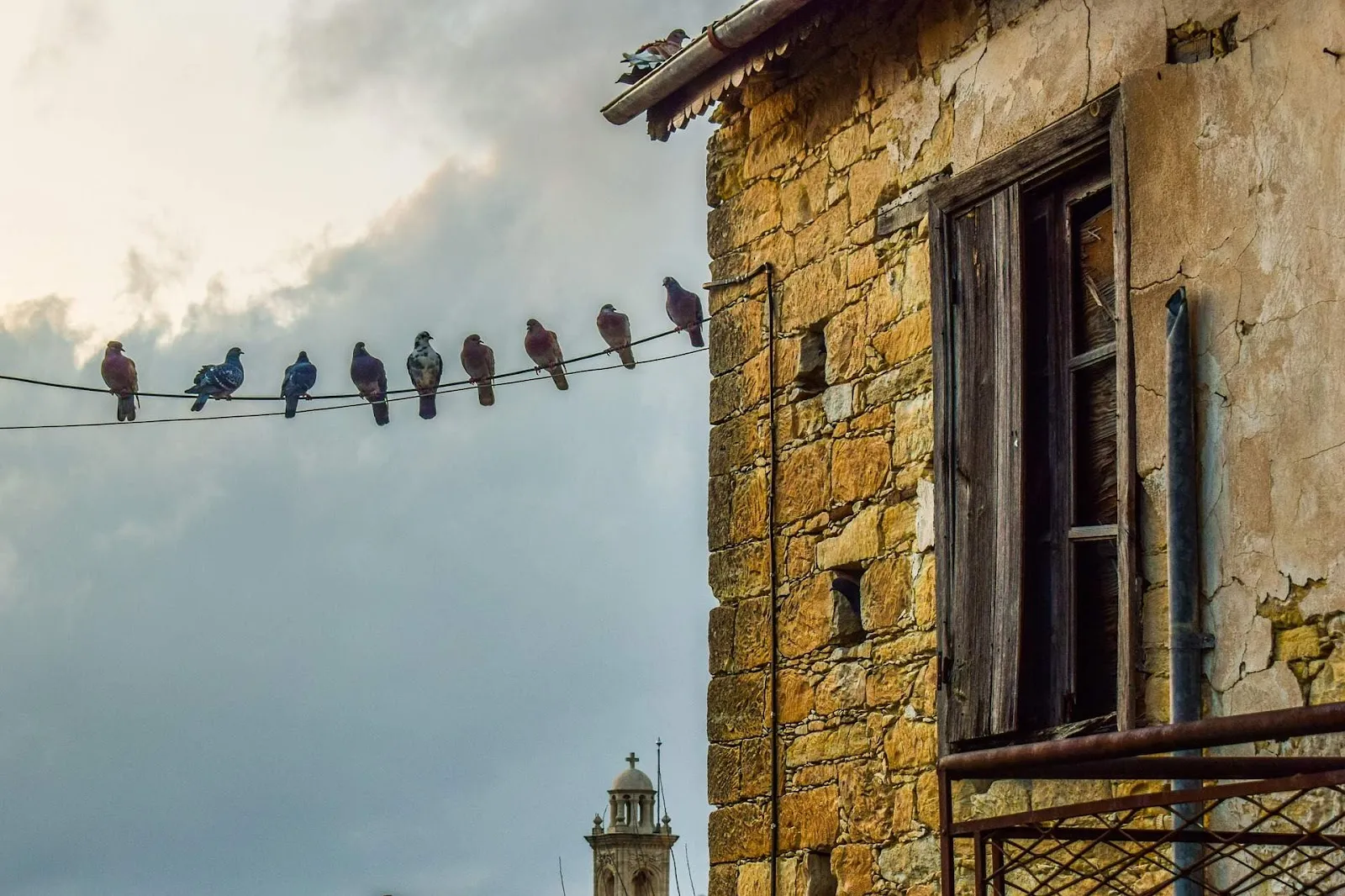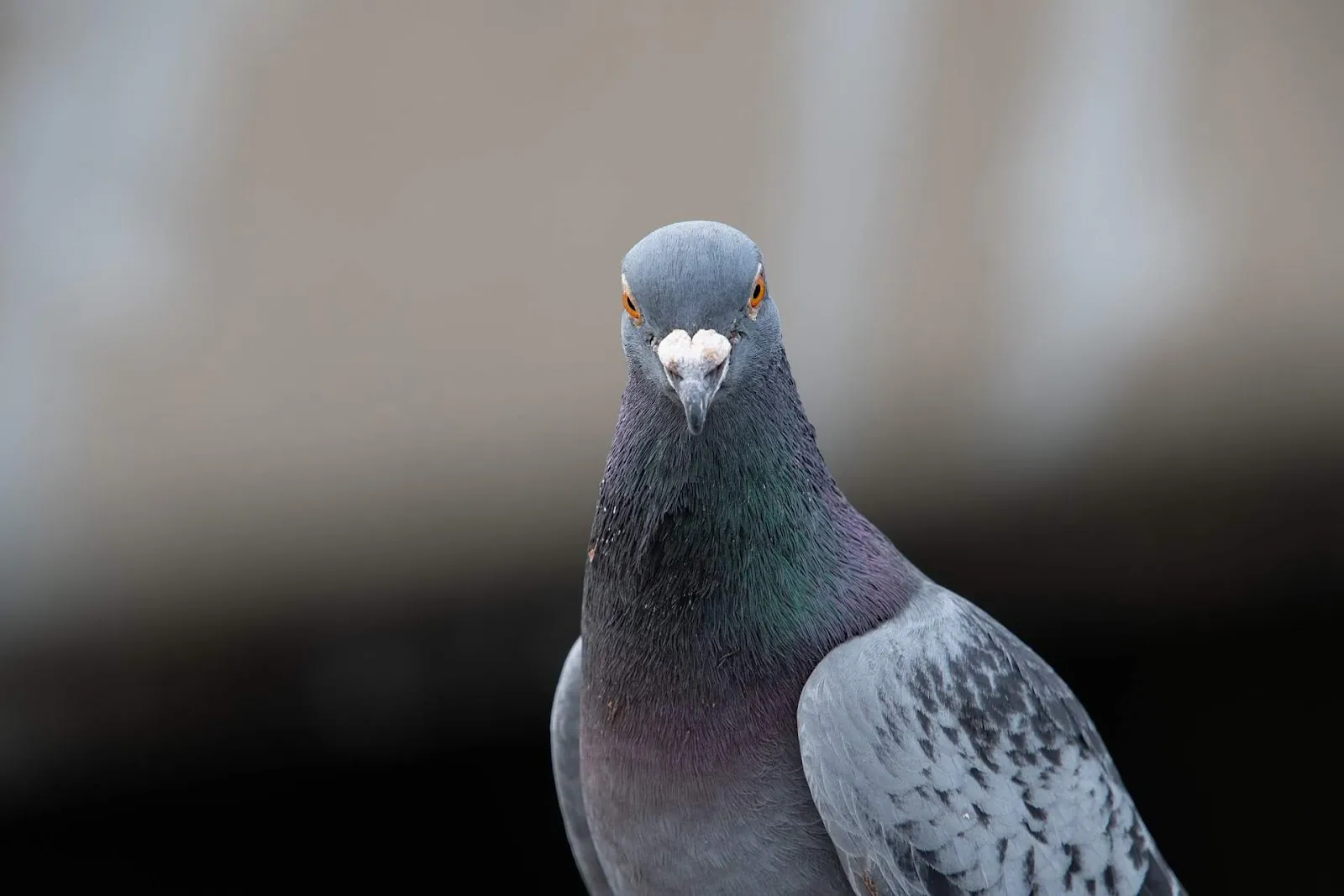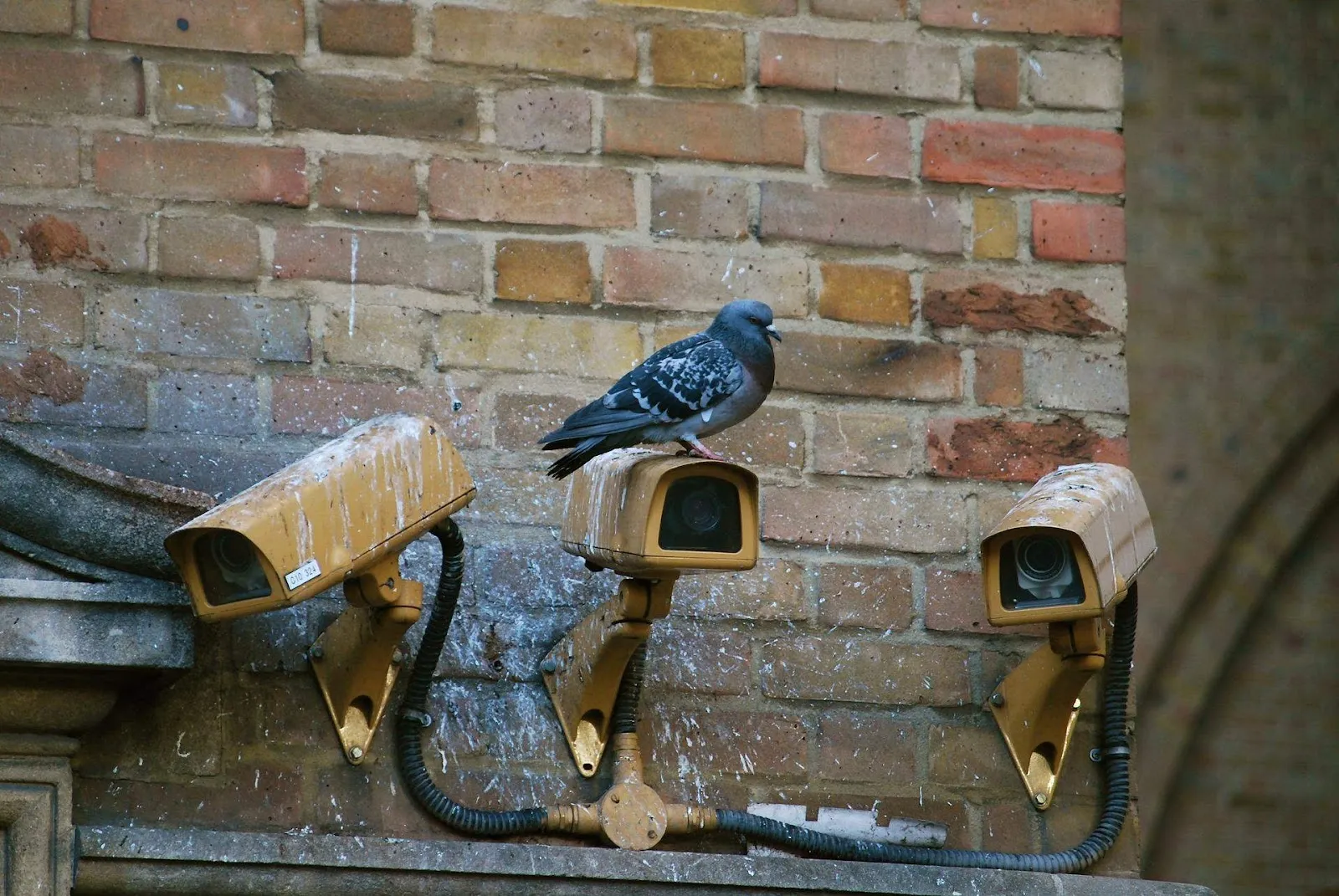You’ve heard of MI5 & MI6 but what about MI14 Pigeon Spies?
US secret agent and homing pigeon G. I. Joe (officially: US Army Pigeon USA43SC6390) was flying dangerous sorties in Europe on behalf of the British government when he saved the lives of 100 Allied soldiers in WWII, becoming the first non-British recipient of the distinguished medal for animal bravery.
G. I. Joe isn’t the only brave bird, of course. Pigeons had been a part of nearly every European army since the 1880s. Royal Air Force carrier pigeon Winkie saved the lives of the four-man Beaufort Bomber aircrew when they ditched in the sea more than 100 miles from their base in 1943. Mary of Exeter completed four successful missions from France despite her injuries from the Nazis’ specially trained hawks.
G. I. Joe was a legend, however.

Life and death pigeon spy operations
The situation couldn’t have been more dangerous in October 1943 when the Allies liberated the Italian village of Calvi Vecchia earlier than anticipated. An air attack was scheduled to beat back German fighters that same day, so the London infantry’s advance meant Allied forces were in danger of being bombed by 'friendly fire'.
British 10th Army HQ dispatched G. I. Joe with a life-and-death message to call off the bombing attack. Joe flew 20 miles in 20 minutes, reaching Allied lines just as the bombers were preparing to take off. His heroics prevented the loss of countless civilian lives as well as Allied soldiers.

"The brand new social experience where you activate your gaming skills as you train like a spy."
- TimeOut
Take on thrilling, high-energy espionage challenges across different game zones.

The Dickin Medal
Joe was honored with a PDSA Dickin Medal for animal bravery in 1946, an honor reserved for the best and brightest.
"This bird is credited with making the most outstanding flight by a USA Army Pigeon in World War II,” according to the highly respected PSDA (People's Dispensary for Sick Animals) Awards. “It brought a message which arrived just in time to save the lives of at least 100 Allied soldiers from being bombed by their own planes."

Operation Columba
G. I. Joe retired at the end of the war, housed - along with other heroic pigeons - at the US Army’s Churchill Loft in New Jersey and lived to the age of 18. His story is one of many incredible tales of animal bravery in WWII, many of them involving Operation Columba, set up to train and release more than 16,000 pigeons on flying missions over Europe. The operation aimed to obtain intelligence from Europeans living under Nazi occupation.
In 1944, one clever pigeon carried a message back from a Belgian priest with information on bombing raids, troop positions, and a chateau used by Nazi High Command, according to MI5. The sender signed the message, “Belgium and England forever, God Save the King - and us with him!" Winston Churchill described the note as "symbolic of the spirit of the Resistance alive inside occupied Europe".
The note may have been sent by a member of the Leopold Vindictive network - a group of Belgian villagers led by a priest, Josef Raskin, who was so valuable that British intelligence parachuted in agents to assist him. Operation Columba details the extraordinary network that used pigeons to smuggle out information about Nazi weapons, radar systems, and even the deployment of the pilotless V-1 and long-range V-2 rockets.

The race for intelligence
Between 1941 and 1944, pigeons were deployed in an arc across occupied Europe - from Bordeaux to Copenhagen - carrying a tiny capsule on their leg with a plea for information to be put inside.
The messages came back in plastic canisters with intelligence scrolled on rice paper. Only one in 10 pigeons returned alive but those that did provided crucial intelligence.
In fact, pigeons were considered so valuable during WWII that anyone found killing one could be imprisoned for six months or fined £100 ($112), according to MI5. More than 30 pigeons in WWII were awarded the Dickin Medal for their 'outstanding acts of bravery and devotion to duty'.

Pigeon counterintelligence
According to Britain’s National Archive, the MI14 (later MI4) Pigeon Service requested intelligence about enemy troops, their insignia, addresses used by German headquarters and officials, and what coastal defenses and patrols were in operation. The British were also curious about the morale of German soldiers and whether BBC radio broadcasts to Europe were clearly audible.
There were about 950 messages in response although there was always the risk that the birds had been hijacked by German counterintelligence. The Nazis were aware of the ploy, even offering rewards to civilians who handed in enemy carrier pigeons - and death sentences for those found in possession of enemy agents.
The United States Army Pigeon Service (aka Signal Pigeon Corps) was also active during WWII, training and using homing pigeons for communication and reconnaissance purposes. The US force consisted of 54,000 ‘war pigeons’. Reportedly, more than 90% of US Army messages sent by pigeons were received.
The US Army discontinued using pigeons as message carriers in 1957. Fifteen ‘hero pigeons’ were donated to zoos, and about 1,000 others were sold to the public. The pigeon program didn’t disappear, however.

Cold War pigeon spies
A Cold War operation in the 1970s codenamed the Tacana Project explored the possibility of using pigeons with tiny cameras that could automatically take photos as they flew over the Soviet Union and other countries, according to CIA documents released in 2019.
The Agency also looked at whether migratory birds might be able to place sensors that could detect chemical weapon testing.
In 2019, America awarded its first Animals in War & Peace Medal of Bravery. Recipients included two messenger pigeons - G.I. Joe and Cher Ami, the one-eyed, one-legged pigeon honored for his WWI heroics. Cher Ami was also a recipient of France’s Croix de Guerre with palm for heroic deeds in combat.
SPYSCAPE+

Join now to get True Spies episodes early and ad-free every week, plus subscriber-only Debriefs and Q&As to bring you closer to your favorite spies and stories from the show. You’ll also get our exclusive series The Razumov Files and The Great James Bond Car Robbery!


Gadgets & Gifts
Explore a world of secrets together. Navigate through interactive exhibits and missions to discover your spy roles.
Your Spy Skills
We all have valuable spy skills - your mission is to discover yours. See if you have what it takes to be a secret agent, with our authentic spy skills evaluation* developed by a former Head of Training at British Intelligence. It's FREE so share & compare with friends now!
* Find more information about the scientific methods behind the evaluation here.


Stay Connected
Follow us for the latest
TIKTOK
INSTAGRAM
X
FACEBOOK
YOUTUBE